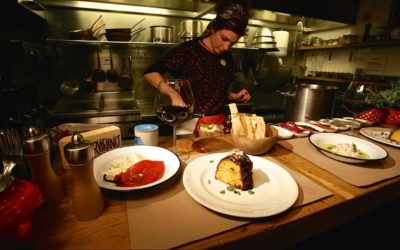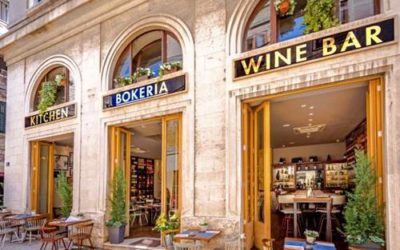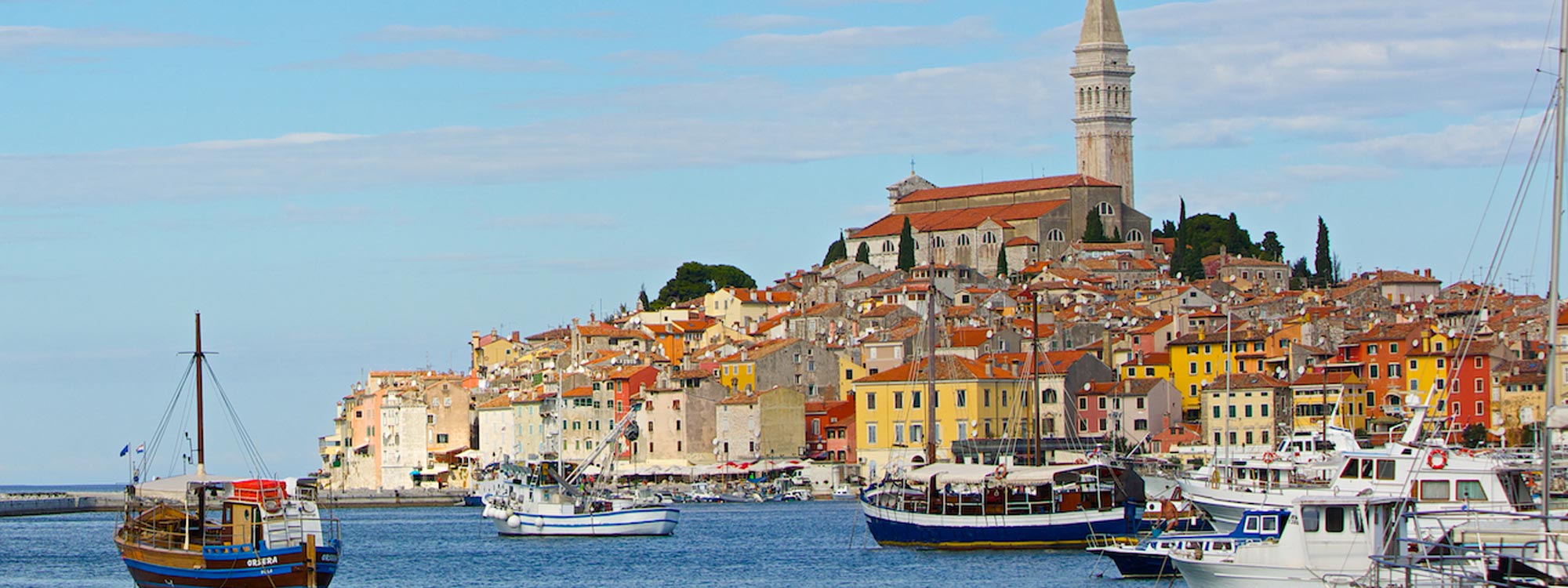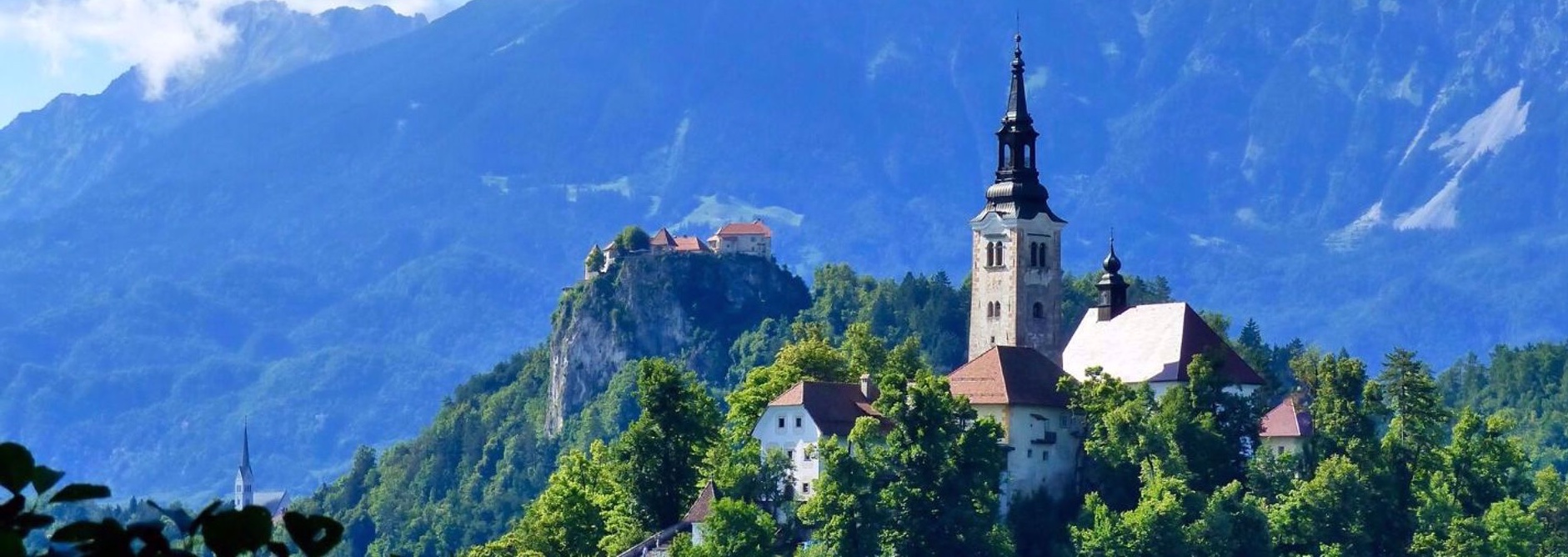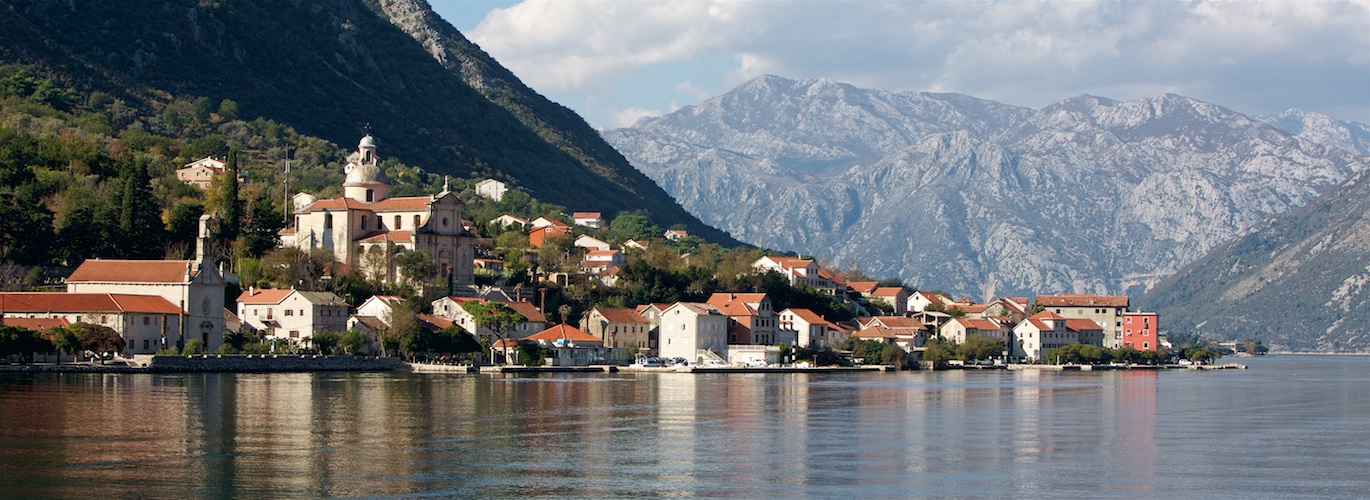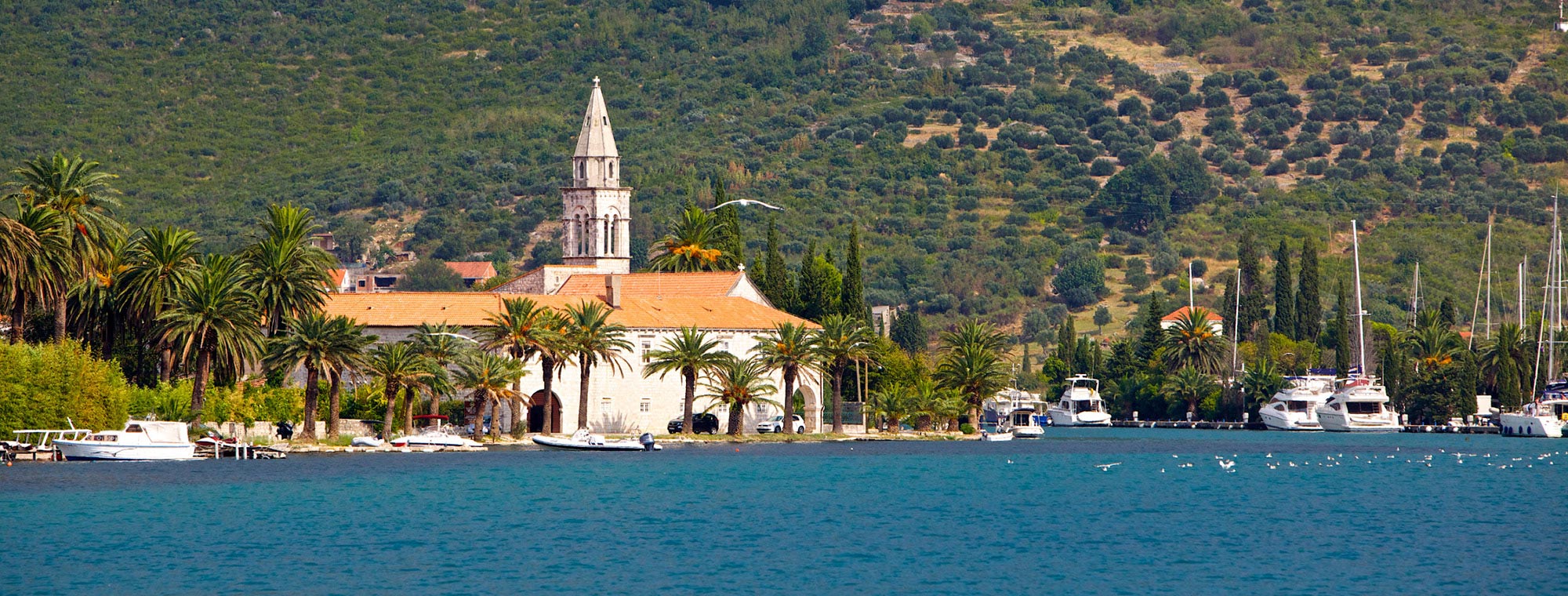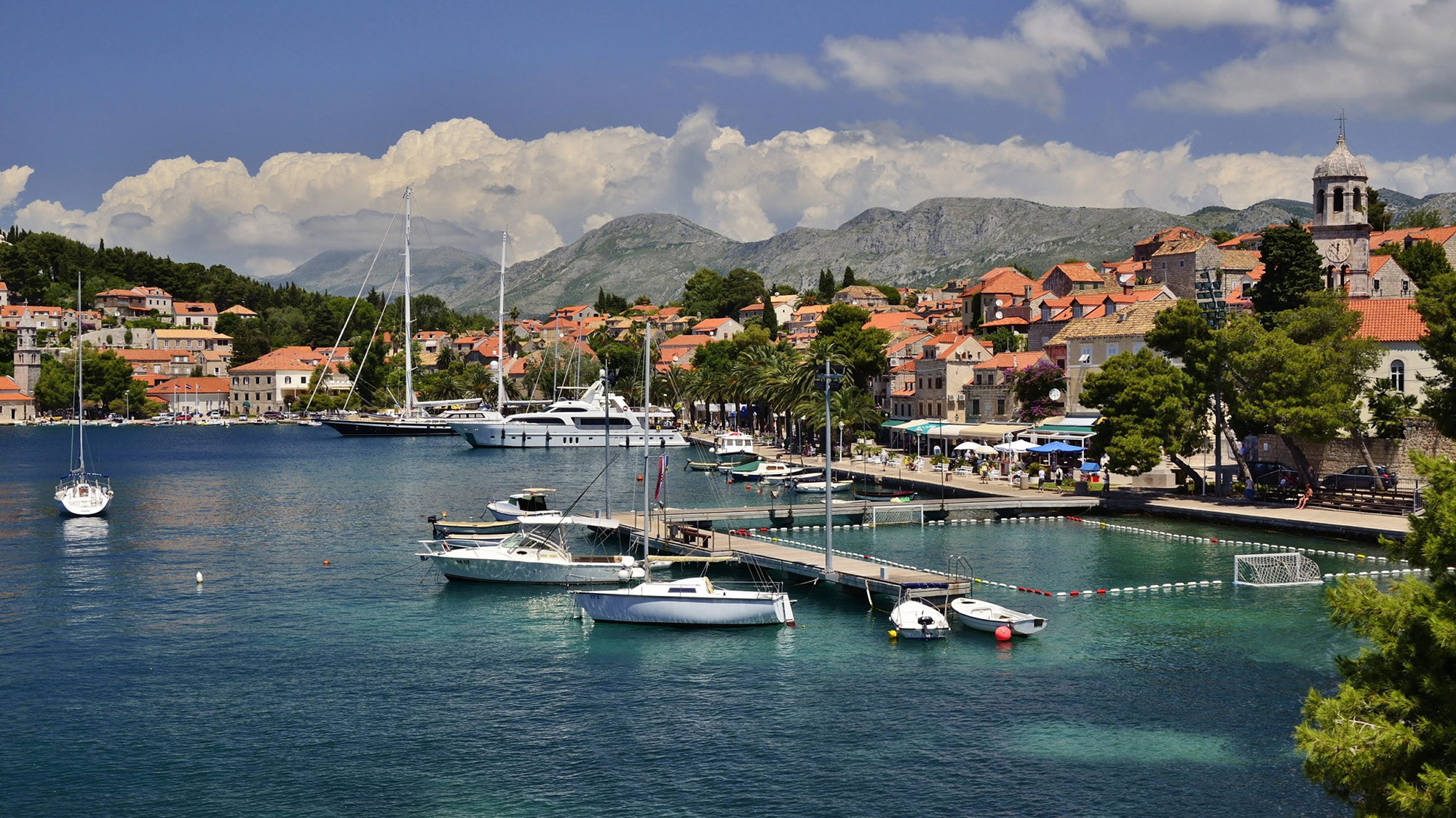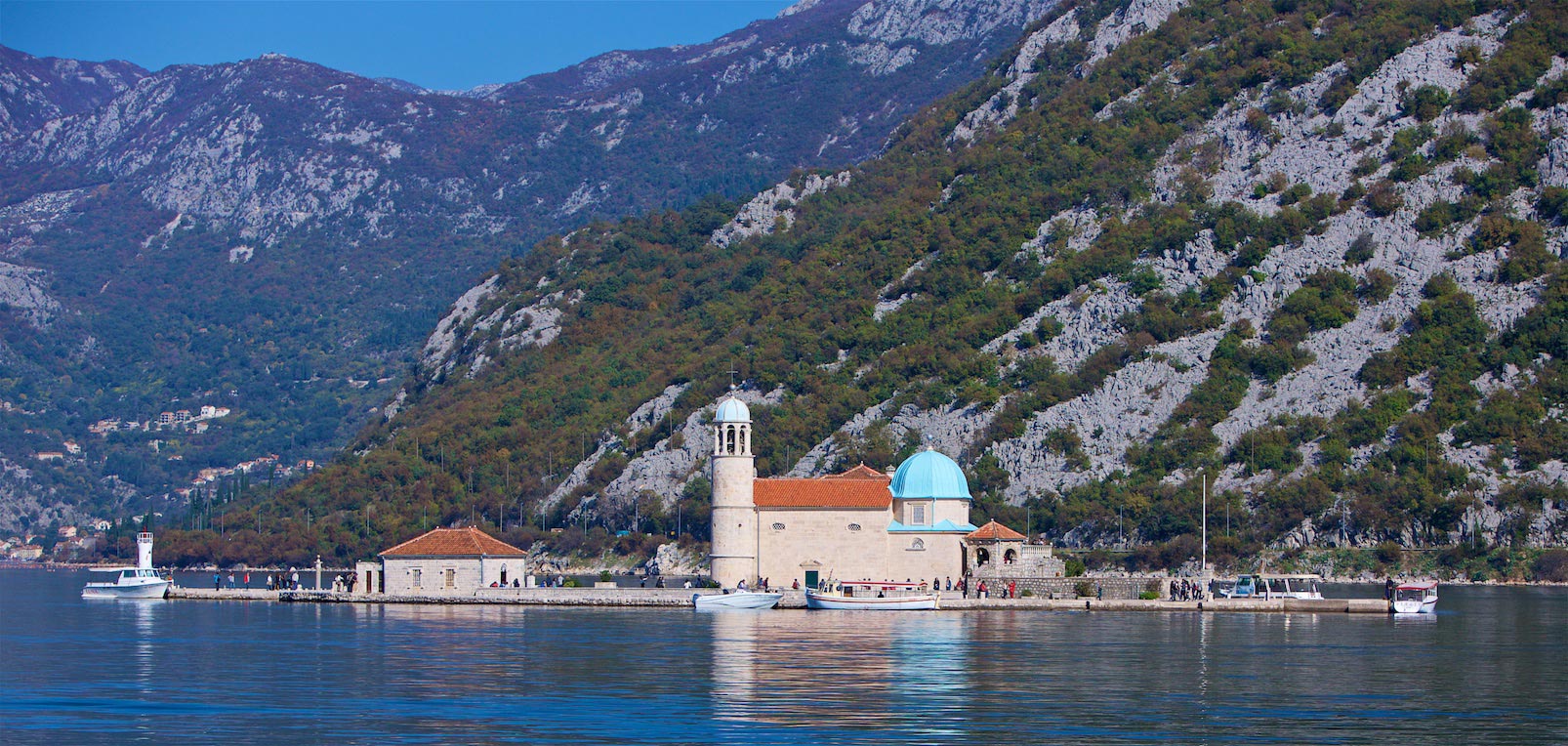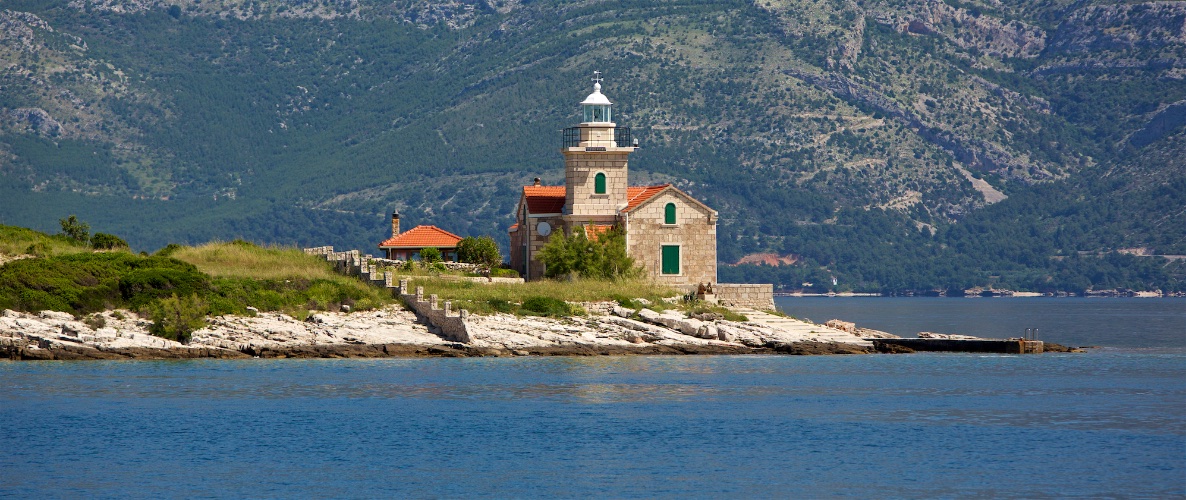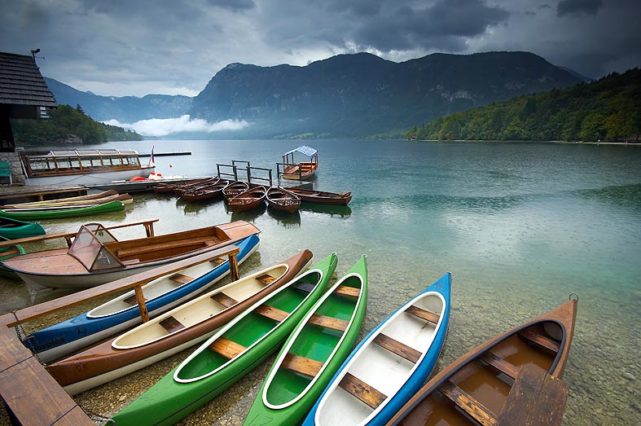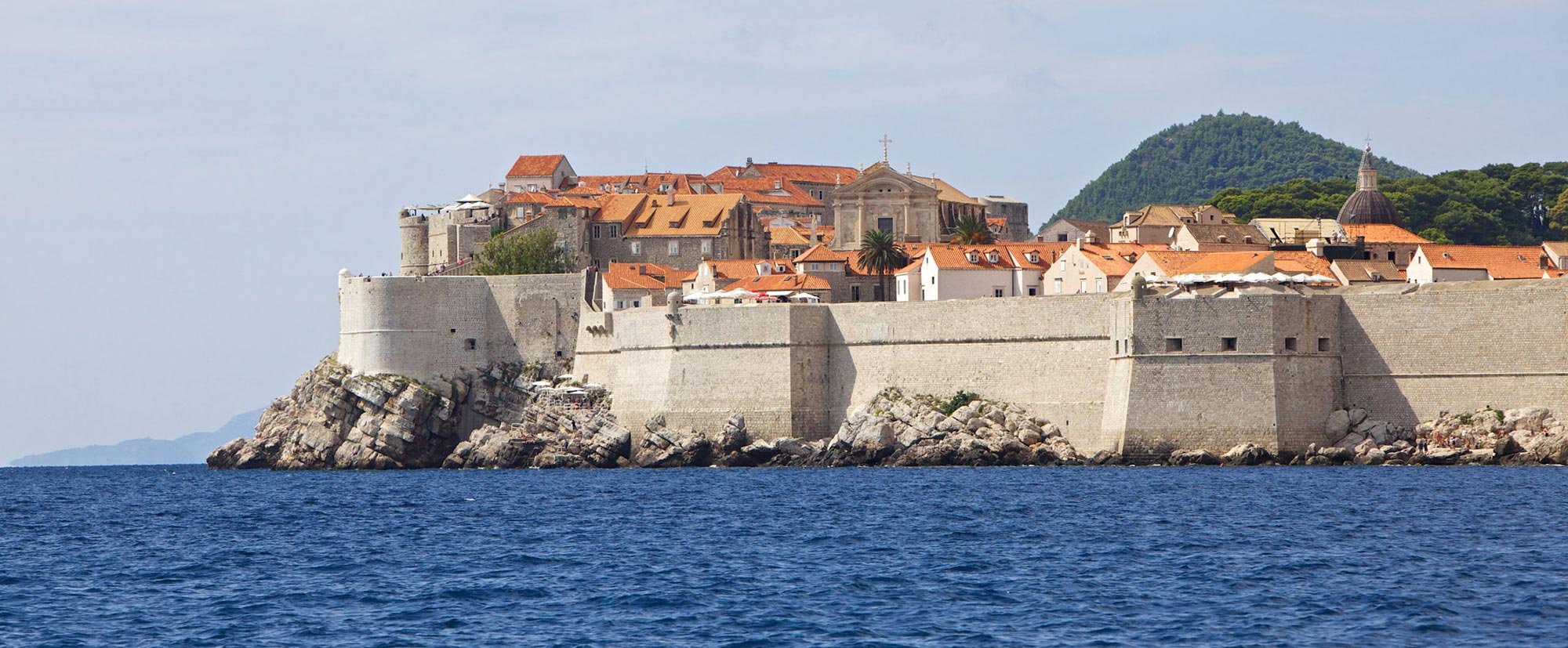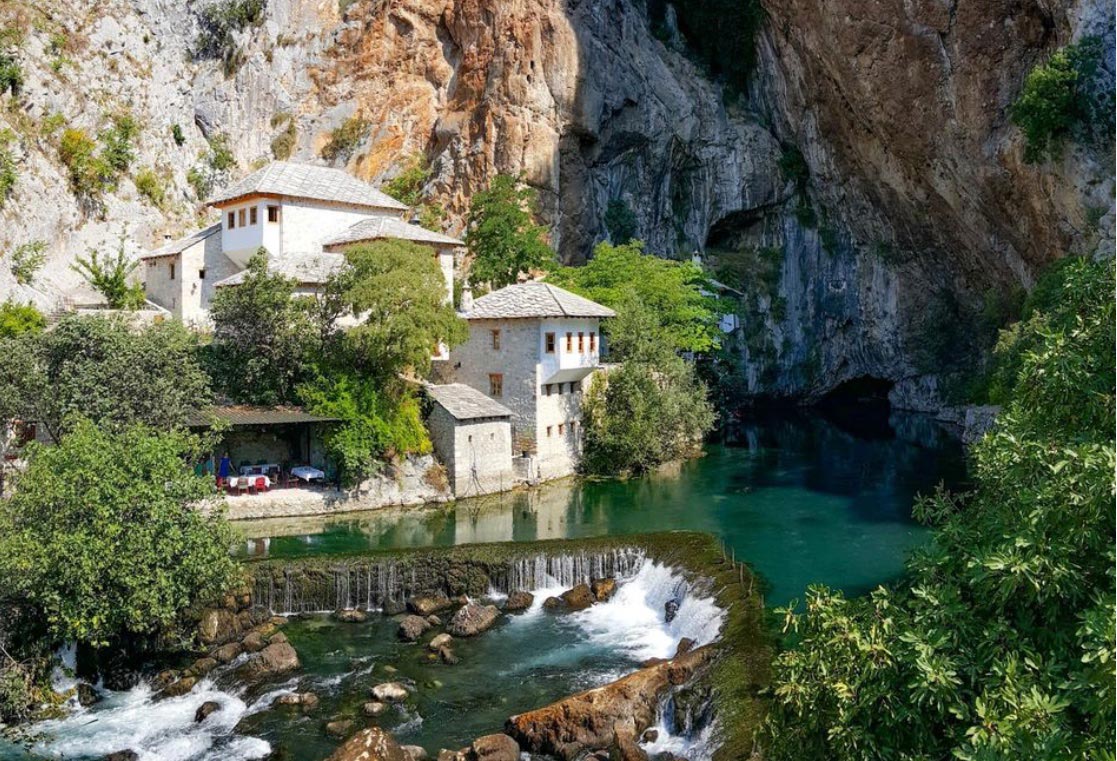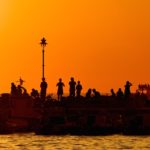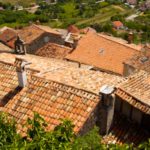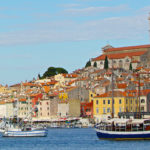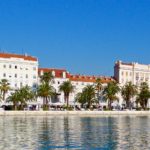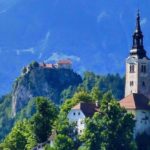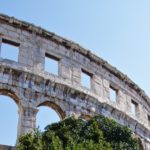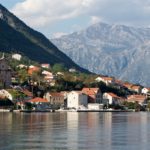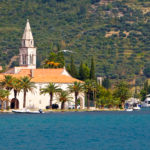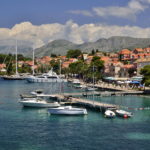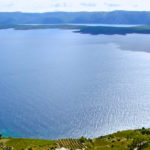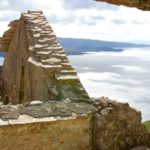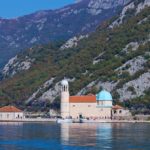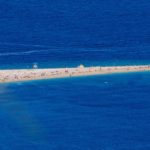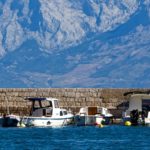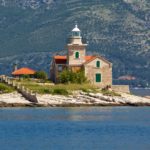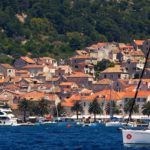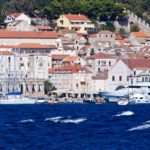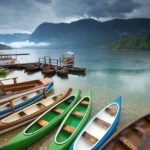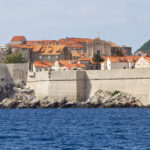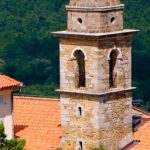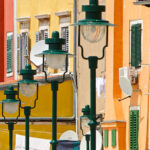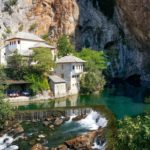The heart of Croatia - sailing, ancient culture, great wine, fresh cuisine
The 1000 islands of Dalmatia are the most accessible in Europe by private yacht and excellent ferry lines, while Island life is still preserved in the quaint villages, giving you the best of both worlds.
Exhilarating sailing and the crystal clear turquoise of the Adriatic sea are the best kept secrets of Croatia. Here is your chance to immerse yourself in the distinctive character and rich culture of the famous Split Archipelago, the haunting Elafiti islands and untamed Kornati islands – the sailing, island lifestyle, complicated history, fresh cuisine and world class wines.
Some of our favorites . . .
Both casual and avid sailors who have sailed the seven seas agree that sailing the Dalmatian islands is among the best sailing in the world.
You’ll find well equipped, clean & full service marinas among all the islands. For the more adventurous, hidden bays for anchoring and private moorings are never far away.
Island restaurants can be found tucked away in surprising places with great fresh food, local style and everything from delicious traditional fare to gourmet meals.
Land of 1000 islands
Sheltered from the turmoil of invaders and pirates, the Dalmatian islands became fiercely defended refuges, where the mild climate, clean clear waters and isolated villages led to an idyllic seafaring life of shipbuilding, fishing, sheep herding, olive oil, honey and wine production.
Because of the isolation and self sufficiency, each island developed its own distinct culture and even dialect. Dotted with unspoiled villages, the island lifestyle continues today, almost unchanged for centuries – each island an enigma to uncover.
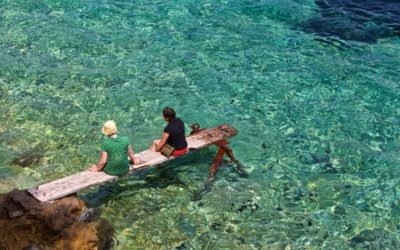
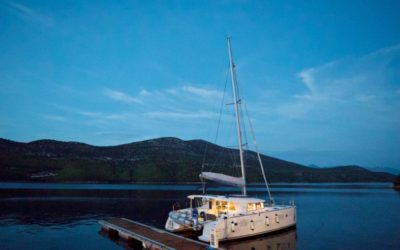
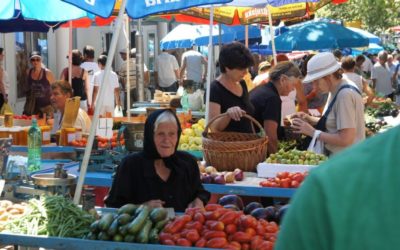
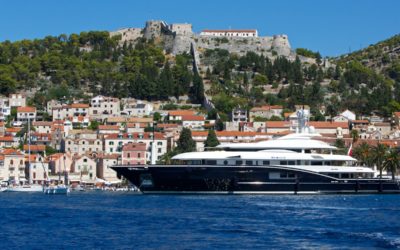
Diverse island cultures
The history of Dalmatia parallels the history of Croatia.
The name Dalmatia is derived from the Illyrian tribes, who lived along the Adriatic coast since the first millennium BC. Dalmatia was slowly incorporated into Roman possessions until the Roman province of Illyricum was formally established around 30 BC. During the Roman period Dalmatia stretched along the Croatian coast from Istria all the way to Albania.
By the middle ages, Dalmatia was tugged between the Byzantine Empire, the Kingdom of Croatia, the Bosnian Kingdom and the Venetian Republic. In the 15th to 18th centuries, Dalmatia was controlled by the Republic of Venice and became the buffer zone between the warring Ottoman empire and the Republic of Venice.
Dalmatia enjoyed a time of peace in the 18th century, testament to which you can see in the many villages, churches and trade centers built along the coast and islands at that time. The next period of turmoil was Napolean’s rule in the early 19th century, after which Dalmatia was under the Austrian empire until after World War I.
Split - the new face of Dalmatia
Split is the emerging epicenter of the Croatian Renaissance – a living example of the blending of old and new, city sophistication and Dalmatian casual. Split is an amalgamation of the new and the historic – from ancient Diocletian’s palace to its trendy underground nightclubs, beautiful harbor, fashionable promenade and busy ferry port.
Split is also leading the emergence of the new & creative Dalmatian cuisine – a delicious blend of traditional, fresh & local ingredients in interesting & original dishes, always with an imaginative twist. Great new restaurants, wine bars & clubs are opening all the time.
And Split is a convenient launch point for exploring all of Croatia – sailing the 1000 islands, wine tours, cultural and historical odysseys, coastal expeditions, hiking, biking and water sports.
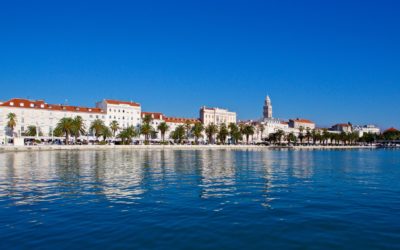
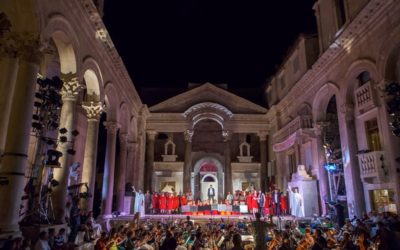
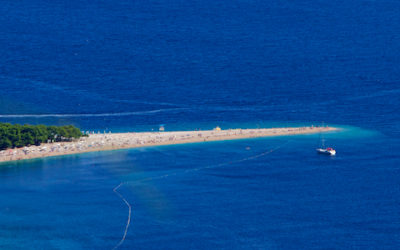
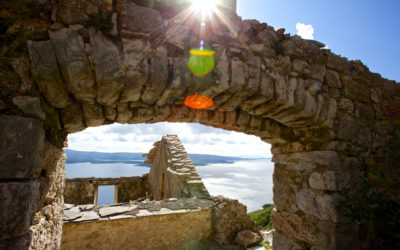
Unspoiled Brac Island
“They came for a moment and stayed for a lifetime ” . . . so the saying goes. They say Brac is bewitched – like the Island of Sirens, those that come never leave.
Once you arrive, you will understand the allure. Dotted with age-old villages, Brac is the gateway to Dalmatia – timeless and unspoiled. Brac is where yachts come and go all year around . . . where sailing traditions are a lifestyle . . . where olives are still pressed in the villages . . . where grapes are still harvested with family and friends . . . where stone is still crafted by hand . . . where life still continues in harmony with nature . . . where sun and sea still order daily life.
Brac is the most accessible and best connected of the Dalmatian islands, with ferries and speed boats and taxi boats running frequently back and forth between various points on Brac, the mainland, Dubrovnik, Hvar, Korcula, Vis and other islands. Milna Harbor is the home to private & charter yachts from around the world and launch point to sailing the Split archipelago all the way to Dubrovnik.
Chic and enigmatic Hvar Island
Hvar island is perhaps the most well known of the Croatian islands. Hvar town is chic and lovely with its elegant harbor, citadel, medieval monastery and cathedral. The island itself is beautiful with stunning vistas, charming villages, vineyards & lavender fields. An evening in the old town and harbor is the essence of Dalmatia.
The back story of Hvar island is hidden behind the glitter – charming, old-world and unspoiled. In villages across the island and along the coast, life continues apace with local wine making, lavender harvest, fishing and every day village concerns. Quaint stone villages are scattered across Hvar among beautiful vineyards, hidden bays and the rocky lavender fields of the interior.
Some of the best island wines, particularly reds, are produced by Hvar vintners large and small. The white rocks, reflective sea and year ’round sunshine make the southern slopes of the island ideal.
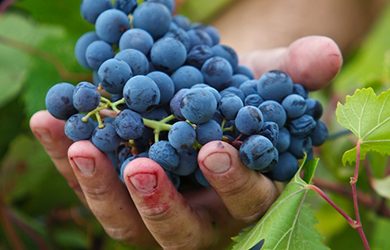
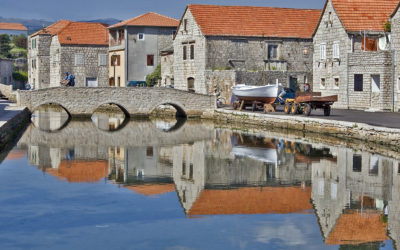
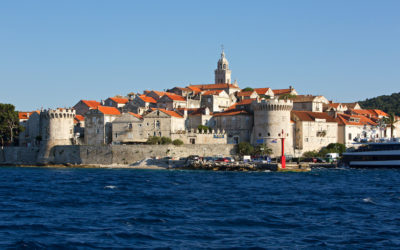
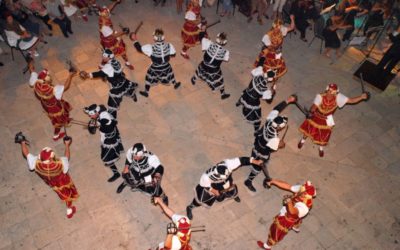
Medieval Korcula - a step back in time
Medieval Korcula town is one of the best preserved walled cities in Europe. The narrow cobble streets and stone buildings make you feel you have been transported to a time gone by. Locals claim that Marko Polo was born here, we are skeptical. This is a chance to sink yourself into the middle ages wandering the narrow streets of old town and fortress wall. Korcula is small, so it is a great place to relax, wander on your own and discover the local color.
Take a classic journey around the island, through medieval villages, good beaches, bike trails, Greek colonies and wine country, where you will find indigenous grapes from ancient times grown almost exclusively on Korcula island.
The Korkyra Baroque Festival is a local cultural event established in 2012 to promote local and international musical and cultural heritage. The concerts in historic venues in and around the town of Korcula create a unique synergy and Baroque magic, which make the Korkyra Baroque Festival renown as a staple cultural event.
Korcula Town is well known for MORESKA – a traditional sword dance and drama that was common through the Mediterranean in 12th and 13th century, reaching Korcula in 16th century from Italy and Dubrovnik.
The dance, originated in Spain, depicts the conflict between Moors and Christians. In Dalmatia its popularity was almost certainly linked with the struggles against Ottoman Empire, above all with the victory over a Battle of Lepanto, the first major Ottoman defeat by the Christian powers, which ended the myth of Ottoman naval invincibility. Through the centuries Moreska vanished from the Mediterranean and nowadays is only to be find in Korcula, where it is performed for over 400 years.
Moreška sword dance in 2014 was added to the UNESCO Intangible Cultural Heritage List.
Korcula Channel is famous for its kite boarding and wind surfing.
Lastovo - the hidden island
Lastovo is a tiny island south of Korcula with beautiful seclude bays and spectacularly clear &, clean water. It is known for its small cobblestone villages with uniquely cylindrical chimneys, no two of which are the same. Legend has it that the chimneys were built to showcase the family wealth – the taller the chimney the more prestigious the family.
Lastovo is completely unspoiled with islanders living the same way they have always lived in the stunning beauty of their island. It is a great place to relax, enjoy swimming, hiking and biking around the island, visiting tiny villages on the sea.
Lastovo’s tumultuous history is a microcosm of Dalmatian island experience. It has been claimed by Venetians, Ragusans, French, British, and eventually Habsburg rulers before being granted to Italy from World War I until 1945 – it was never a part of the Kingdom of Yugoslavia. Mussolini hoped to make Lastovo the site of his ambitious resettlement program to relocate the poor of overcrowded Naples to a sunny new island home in Dalmatia. Almost all of the Italians were repatriated to Italy after 1945, but the Lastovans still speak a Croatian heavily peppered with Italian words and phrases.
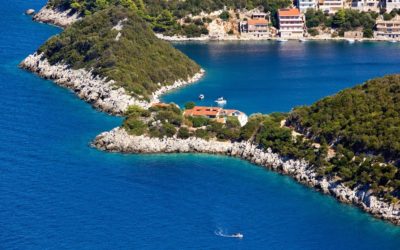
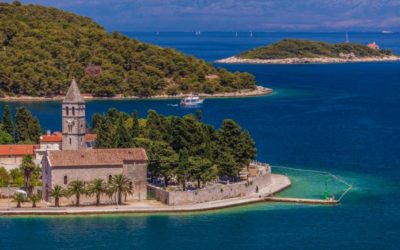
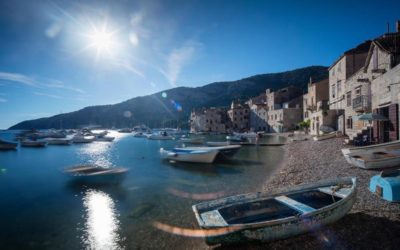
Remote Vis
Remote Vis island is most famous today for the launchpoint to the famous Blue Cave and more recently as the shooting site for Mama Mia.
After a long history of isolation, Vis is now an international destination for yachts, secluded beaches, sunlit caves, local seafood and modern history, including:
- Tito’s Cave
- George III Fort above Vis Harbor
- Submarine tunnel
- Greet & Roman ruins
- Military bases
- Issa Archeological Museum in Vis Town
If you are Mama Mia fans, don’t miss:
- Olive grove scenes
- Vis town sites
- Konoba Jastozera in Komiza
- Barjoska Bay & Mamma Mia Beach, where about 80% of the filming was done
Restaurant & Winery Recommendations
Split is a hub of restaurants & cafes with new and traditional cuisine. We try to keep up, but you can’t lose by popping in to any that looking interesting, you are unlikely to be disappointed.
Some of our “tried and true” suggestions are:
In the Split Old Town and the islands:
- Uje Oil Bar | Restaurant, tapas bar & wine bar – also has good souvenirs (olive wood, olive oil & Dalmatian specialties) – good wine menu & the tapas bar is a real treat.
- Bokeria Kitchen & Wine Bar | One of the most trendy with very good wine list.
- Restoran Bajamonti | In a favorite square (Prokurative | Republic) – breakfast time is nice & quiet, lunch or dinner offers great people watching and view of the sparkling harbor.
- Zoi | Small restaurant with nouveau Balkan cuisine on the waterfront and south wall of palace and emperors chambers – it doesn’t get much more authentic Split.
- Giaxa Restaurant in Hvar Town | Traditional restaurants with nouveau cuisine twist – great fresh fish & very good wine list, located in a 15 century palace.
For more restaurants and wineries in Split and the islands, visit: Restaurants & Wineries in our Guest Only Resources
